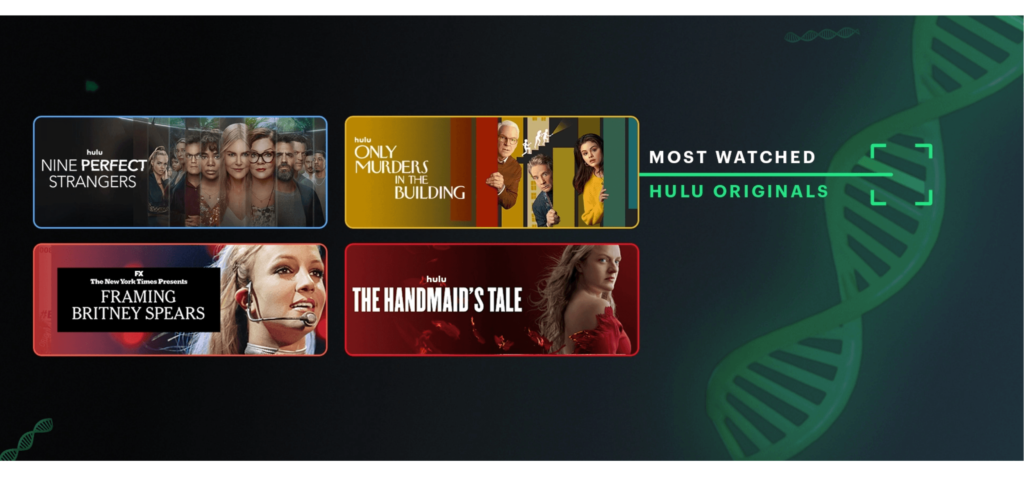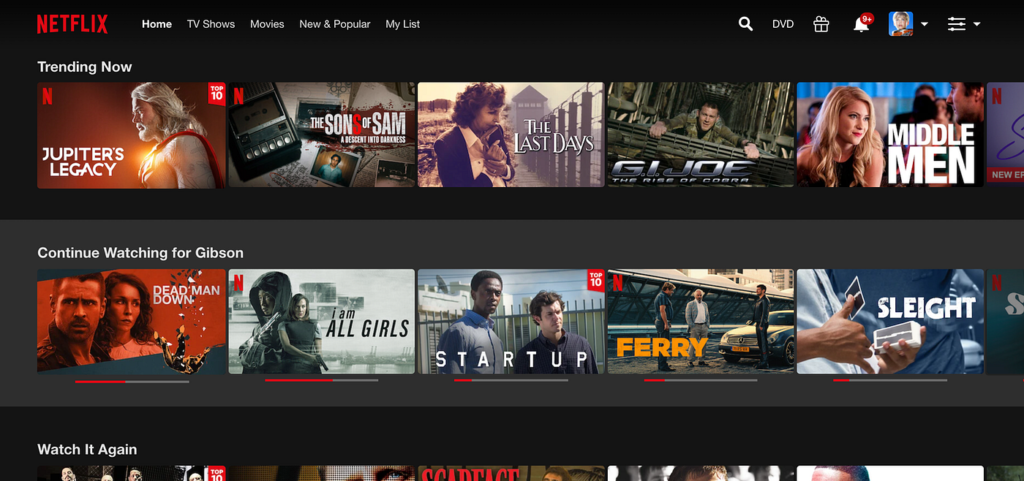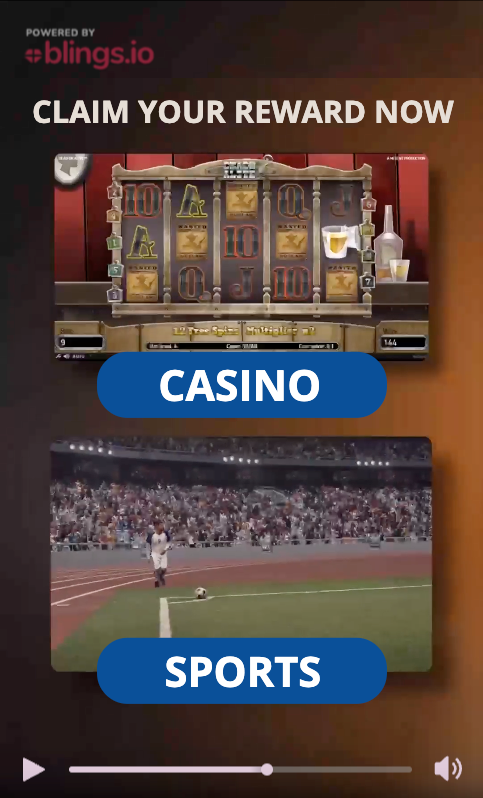Turning Business Processes into Interactive Video

Introduction
As businesses become more digital, interactive video has emerged as a powerful tool for improving efficiency, reducing costs, and enhancing the overall customer experience. Interactive video for business can take many forms, including interactive training videos for business processes, interactive workflow videos, interactive standard operating procedures videos, interactive instructional videos for business processes, interactive explainer videos for business processes, and interactive how-to videos for business processes. In this article, we'll explore why interactive video is the future of business and how you can turn your business processes into engaging and effective interactive video content.
Why Interactive Video is the Future of Business
Traditional training methods, such as classroom instruction or online courses, can be costly, time-consuming, and often ineffective. Interactive video, on the other hand, can engage employees in a more immersive and personalized learning experience. By incorporating interactive elements such as quizzes, branching scenarios, and personalized feedback, businesses can increase employee engagement and retention of important information.
Interactive video also allows for more efficient and streamlined communication of business processes. Instead of relying on static documents or training materials, businesses can use interactive video to guide employees through complex workflows, standard operating procedures, or how-to processes. This not only improves efficiency but also reduces errors and ensures consistency across the organization.
Interactive video can be used to enhance the customer experience. By providing interactive explainer videos or instructional videos for products or services, businesses can engage customers in a more meaningful way and increase satisfaction and loyalty.
How to Identify Processes that Can Benefit from Interactive Video
Not all business processes are suitable for interactive video. To identify which processes can benefit from this approach, businesses should consider the complexity of the process, the potential impact of errors or inconsistencies, and the target audience. Processes that involve high-stakes decisions, frequent updates or changes, or that require a high level of consistency are prime candidates for interactive video.
Businesses should consider the audience's learning preferences and technological capabilities. Interactive video may not be the best fit for audiences with limited access to technology or for those who prefer more traditional learning methods.
Creating Interactive Video Content that Engages and Educates
Creating effective interactive video content requires careful planning and attention to detail. Here are some key considerations:
Understand Your Audience and Goals
Before creating any interactive video content, it's important to understand your target audience and the goals of the content. Who is the video for? What do you want them to learn or accomplish? Answering these questions will help guide the content creation process.
Choose the Right Interactive Video Platform
There are many interactive video platforms available, each with its own strengths and weaknesses. Some platforms specialize in gamification and engagement, while others offer more advanced analytics and tracking capabilities. Consider your goals and budget when selecting a platform.
Create Engaging and Relevant Content
To ensure that your interactive video content is effective, it's essential to create engaging and relevant content. Use a mix of text, images, audio, and video to keep learners engaged. Consider using storytelling or scenarios to help learners understand how the process works in real-life situations.
Incorporate Interactive Elements Strategically
Interactive elements such as quizzes, branching scenarios, and personalized feedback can help learners stay engaged and retain information. However, it's important to use these elements strategically and not overload the learner with too much information or too many distractions.
Optimize for Different Devices and Platforms
Interactive video content should be optimized for different devices and platforms, including desktop computers, tablets, and smartphones. This ensures that learners can access the content on their preferred device and that the content is easy to navigate and interact with.
Measure Performance and Adjust Your Strategy Accordingly
To ensure that your interactive video content is effective, it's important to track its performance and make adjustments as needed. Use analytics to measure engagement, completion rates, and learner satisfaction. This information can help you identify areas for improvement and make changes to your content or delivery strategy.
Continuously Improve Your Interactive Video Strategy
Interactive video content should be seen as an ongoing process, not a one-time event. As your business processes change and evolve, your interactive video content should be updated to reflect these changes. Additionally, you should regularly evaluate your strategy and adjust as needed to ensure that it aligns with your business goals and objectives.
Measuring the Success of Interactive Video in Business Processes
Measuring the success of interactive video in business processes requires a comprehensive approach. Here are some key metrics to consider:
Engagement Metrics
Engagement metrics measure the level of user engagement with your interactive video content. This can include metrics such as the number of views, clicks, and shares, as well as the length of time users spend on the content. Engagement metrics can help you identify which aspects of your content are resonating with users and which may need improvement. By monitoring engagement metrics, you can adjust your content strategy to increase engagement and improve overall effectiveness.
Completion Rates
Completion rates measure the percentage of users who complete your interactive video content. This is a key metric as it indicates the level of interest and engagement in your content. Low completion rates may indicate that the content is too long or not engaging enough. By monitoring completion rates, you can identify areas where users may be dropping off and make adjustments to improve engagement and retention.
Retention Rates
Retention rates measure the percentage of users who retain information from your interactive video content over time. This can be measured by testing users on the content immediately after viewing, as well as at regular intervals afterward. Retention rates can help you determine how effective your content is at communicating and reinforcing key concepts over time. By monitoring retention rates, you can identify areas where users may need additional support or reinforcement, and make adjustments to improve overall effectiveness.
Learner Satisfaction
Learner satisfaction measures the overall satisfaction of users with your interactive video content. This can include metrics such as ratings, feedback, and surveys. Learner satisfaction can help you identify which aspects of your content are working well and which may need improvement. By monitoring learner satisfaction, you can identify areas where users may be struggling or disengaged, and make adjustments to improve overall satisfaction and effectiveness.
Best Practices for Implementing Interactive Video in Your Business
Implementing interactive video in your business requires careful planning and execution. Here are some best practices to consider:
Understand Your Audience and Goals
Before creating interactive video content for your business, it's important to understand your target audience and the goals of the content. Who are your learners? What are their needs and preferences? What do they already know about the topic, and what do they need to learn? What are the desired outcomes of the content, and how will you measure success? By understanding your audience and goals, you can create content that is relevant, engaging, and effective.
Choose the Right Interactive Video Platform
Selecting the right interactive video platform is critical to the success of your content. There are many platforms available, each with its own features, capabilities, and pricing. When selecting a platform, consider the needs of your learners, the types of content you plan to create, and your budget. Look for a platform that is user-friendly, offers a range of interactive features, and provides analytics and reporting capabilities to track engagement and effectiveness.
Create Engaging and Relevant Content
Creating engaging and relevant content is key to the success of interactive video for business. Your content should be visually appealing, well-designed, and easy to navigate. It should also be relevant to the needs and interests of your learners, and should clearly communicate the desired outcomes of the content. Use storytelling, humor, and other techniques to make the content more engaging and memorable.
Incorporate Interactive Elements Strategically
Interactive elements such as quizzes, branching scenarios, and personalized feedback can help users stay engaged and retain information. When incorporating these elements, be sure to do so strategically. Don't overload the content with too many interactive elements, as this can distract from the main message and lead to cognitive overload. Instead, use interactive elements strategically to reinforce key points and keep users engaged.
Optimize for Different Devices and Platforms
To maximize engagement and reach, it's important to optimize your interactive video content for different devices and platforms. This includes desktop and laptop computers, smartphones, and tablets, as well as different operating systems and web browsers. Ensure that your content is responsive, meaning it adjusts automatically to different screen sizes and orientations. Test your content on different devices and platforms to ensure it is accessible and user-friendly.
Measure Performance and Adjust Your Strategy Accordingly
Measuring the performance of your interactive video content is key to identifying areas for improvement and making necessary adjustments. Use analytics and reporting features provided by your interactive video platform to track engagement, completion rates, and learner satisfaction. Use this information to identify areas for improvement and make changes to your content or delivery strategy as needed. Continuously evaluate and improve your interactive video strategy to ensure it aligns with your business goals and objectives.
Conclusion
Interactive video for business has the potential to transform how businesses communicate and educate their employees and customers. By incorporating interactive elements such as quizzes, branching scenarios, and personalized feedback, businesses can increase engagement, retention, and efficiency. When implementing interactive video in your business, be sure to follow best practices such as understanding your audience and goals, selecting the right platform, creating engaging content, incorporating interactive elements strategically, optimizing for different devices and platforms, and measuring performance to continuously improve your strategy.


















 To implement video in your churn management strategy, you should:
To implement video in your churn management strategy, you should:










 Step-By-Step Video Storytelling Tutorial
Step-By-Step Video Storytelling Tutorial








